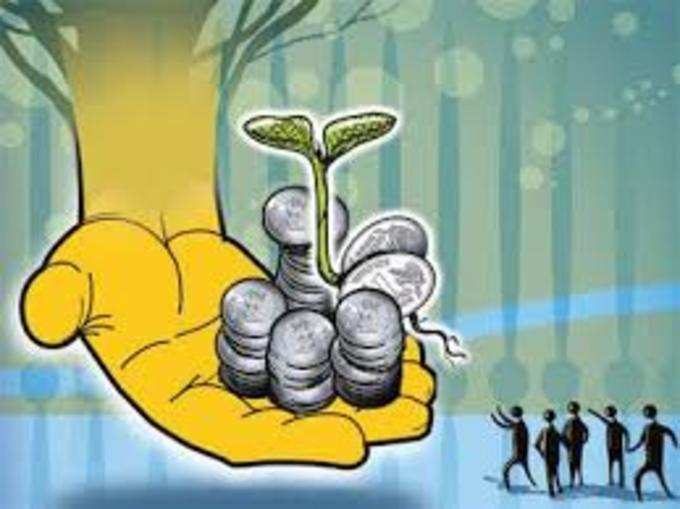 In the second part of his interview to the
In the second part of his interview to the How do you think the negative air around micro
Micro-financiers who are promotional in character have now overreached and have created some negative air about them and in some cases have become extractive by charging useless rates. So, you get a push back on micro finance rates as there would always be players who would abuse the opportunity. But that does not undermine the importance of micro finance overall. It’s enormously important in building the craft businesses of the world. Micro finance is not a vehicle for building the promotional businesses of the future. That requires a different type of financing. India does not have the traditional venture capitalist structure as in the US. The traditional structure of VC in US does not do a good job of
These kinds of enterprises require time on the ground, capacity building, partnering and trust building in order to develop a viable value proposition. The traditional VC model out of California or
So, what we are seeing is the beginning of impact investing and I would say India is the epicenter of impact investing. The impact investing space is now like the Wild West in that it’s the whole spectrum, people who would ideologically think that in order to get the investment we need in social businesses we have to eliminate the capitalistic incentive. We have this whole new innovative financing space where you have financers playing with different models and it is not clear which one of them work the best. In order to promote tomorrow’s sustainable BOP promotional enterprises there has to be market returns that are not going to trap the investment capital you need to create the scale necessary to build the impact. There is not enough philanthropy capital in the world, there is some, to do social businesses, but there isn’t enough to get to the level of investment that we are going to need for the impact or the transformation that we want.
I think we have to figure out how we can have the market returns and at the same time lift the poor, generate opportunities, build capacity, generate livelihoods, make market returns, and leap frog to the future technologically. That’s when I will call the BOP enterprise, green leap. That’s where the big opportunity lies in the next decade. It is relatively easy to start small local enterprises with 0-return on capital. The thing that takes the most creativity is how do you simultaneously converge disruptive leap frog technologies and inclusive business models that lift the poor and generate market returns at the same time.
How do you react to people who are in the business of exploiting the poor?
It would be a clinically correct statement to say that if your job is to provide aid and there is less and less need for aid then fewer people are going to work in that space so that there may be perverse incentives built into that system. If you flip it over and look at it from an
How does capitalism look at its future?
There are people who would look at the institutions of capitalism. If we look in to the future 50 years hence, the population growth would have been stabilized and we would be living in a world of stable/ declining population. We would be living within nature’s budget meaning we cannot take the natural capital more than nature generates. And we can’t put more waste back into the system than nature can absorb. There are certain systems/ conditions that suggest that the current model to understand growth cannot continue. Hence I see the capitalistic motivation, which is to achieve competitive advantage, to search for growth and profit opportunities, actually can be trend to an advantage, which can help us move up toward that more sustainable world looking out 30-40-50 years. We can use the current capitalistic motivation to get to tomorrow’s technology and business models. We have immediate need to transform to more environmental sustainable technology that’s innovation
How would governments have to transform themselves to enable the kind of idea that you are saying?
The travel lines that I see suggest to me that the current character of political organizations is not sustainable either. We have now had 300 plus nation states as a part of the dominant political organizations and I think the whole concept of nation states may be out, just like the concept of 19th century industrial capitalism. We would probably have to adapt and change in the coming years. I think the mind of political organization would also have to shift. If you look at what is going on in the world, most of the innovative public policy happening in the government is happening at the local level, i.e. cities/ mayors who are the real political innovators. Innovative thinking is also happening at the global level where problems are trans-boundary that they don’t respect national boundaries. So, we are going to need innovative solutions that require global collaboration. At the other end of the spectrum it is being more embedded in the communities and that is local government who are the mayors that making it happen at the local level on the ground. In some sense nation states are stuck in
What do you think would be the best example of your work that has created a transformation on ground?
The entire thing looks like a puzzle where we do not know the pieces of the puzzle. This evidence can be seen in both corporations and entrepreneurial ventures. If I look at